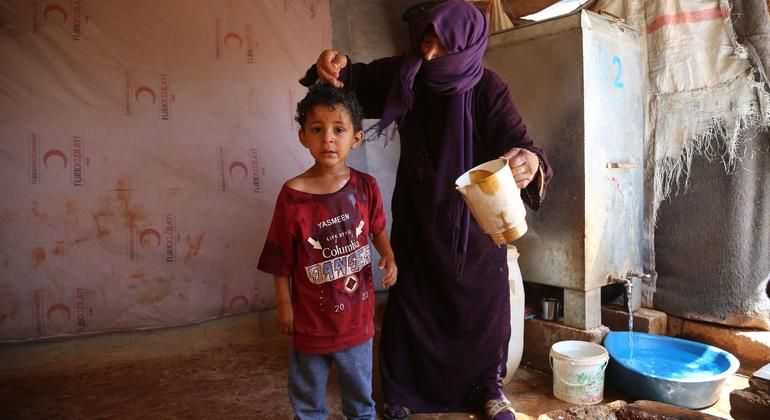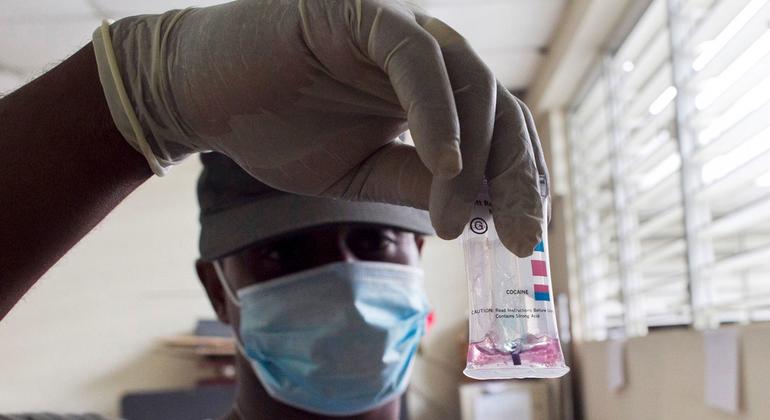“Extreme heat is increasing, disrupting children's health, well-being and daily routines.“said UNICEF Executive Director Catherine Russell.
The study compared averages from the 1960s to the 2020-2024 period, measuring days when temperatures exceeded 35 degrees Celsius (95 degrees Fahrenheit).
It represents a stark warning about the speed and scale with which these days the death toll is escalating for nearly 500 million children around the world, many of them without the infrastructure or services to support them.
Country level results
Examining the data at the country level, the analysis also found that In 16 countries, children now experience more than a month of additional days of extreme heat compared to six decades ago.
In South Sudan, for example, children are experiencing an average of 165 days of extreme heat each year this decade, compared with 110 days in the 1960s, while in Paraguay, that number has increased from 36 to 71 days.
According to the analysis, children in West and Central Africa suffer the most from days of extreme heat, with the number increasing the most over time. A total of 123 million children, or 39 per cent of children in the region, spend on average more than a third of the year, or at least 95 days, in temperatures above 35°C, reaching 212 days in Mali, 202 days in Niger, 198 days in Senegal and 195 days in Sudan.
In Latin America and the Caribbean, nearly 48 million children live in areas where twice as many extremely hot days are recorded.
'Children are not little adults'
Thermal stress within the body, caused by exposure to extreme heat, poses unique threats to children's health.
Excessive levels of heat stress contribute to childhood malnutrition and non-communicable diseases, such as heat-related illnesses, and leave children more vulnerable to infectious diseases that spread in high temperatures, such as malaria and dengue.
Evidence also shows that neurological development, mental health and general well-being are affected.
“Children are not little adults,” Ms. Russell said.Their bodies are much more vulnerable to extreme heat. Young bodies heat up faster and cool down more slowly.Extreme heat is especially dangerous for babies because of their faster heart rates, so rising temperatures are even more alarming for children.”
The impact of climate-related hazards on children’s health is compounded by the way they affect food and water security, damage infrastructure, disrupt services for children and cause displacement.
Pregnant women are also particularly vulnerable to the effects of extreme heat. Heat stress has been linked to pregnancy complications such as chronic gestational diseases and adverse birth outcomes such as stillbirth, low birth weight and preterm birth.
New national climate plans
In the coming months, all countries committed to the Paris Agreement on climate change will present new national climate plans that will set the course for climate action for a decade. They are a time-bound opportunity to set out concrete plans to make the goals of the Paris Agreement a reality.
UNICEF calls on leaders, governments and the private sector to seize this opportunity to take urgent and bold climate action that upholds every child’s right to a clean, healthy and sustainable environment.
“As governments are developing their national climate action plans, they can do so with ambition and the knowledge that today’s children and future generations will have to live in the world they will leave behind,” Ms Russell added.












